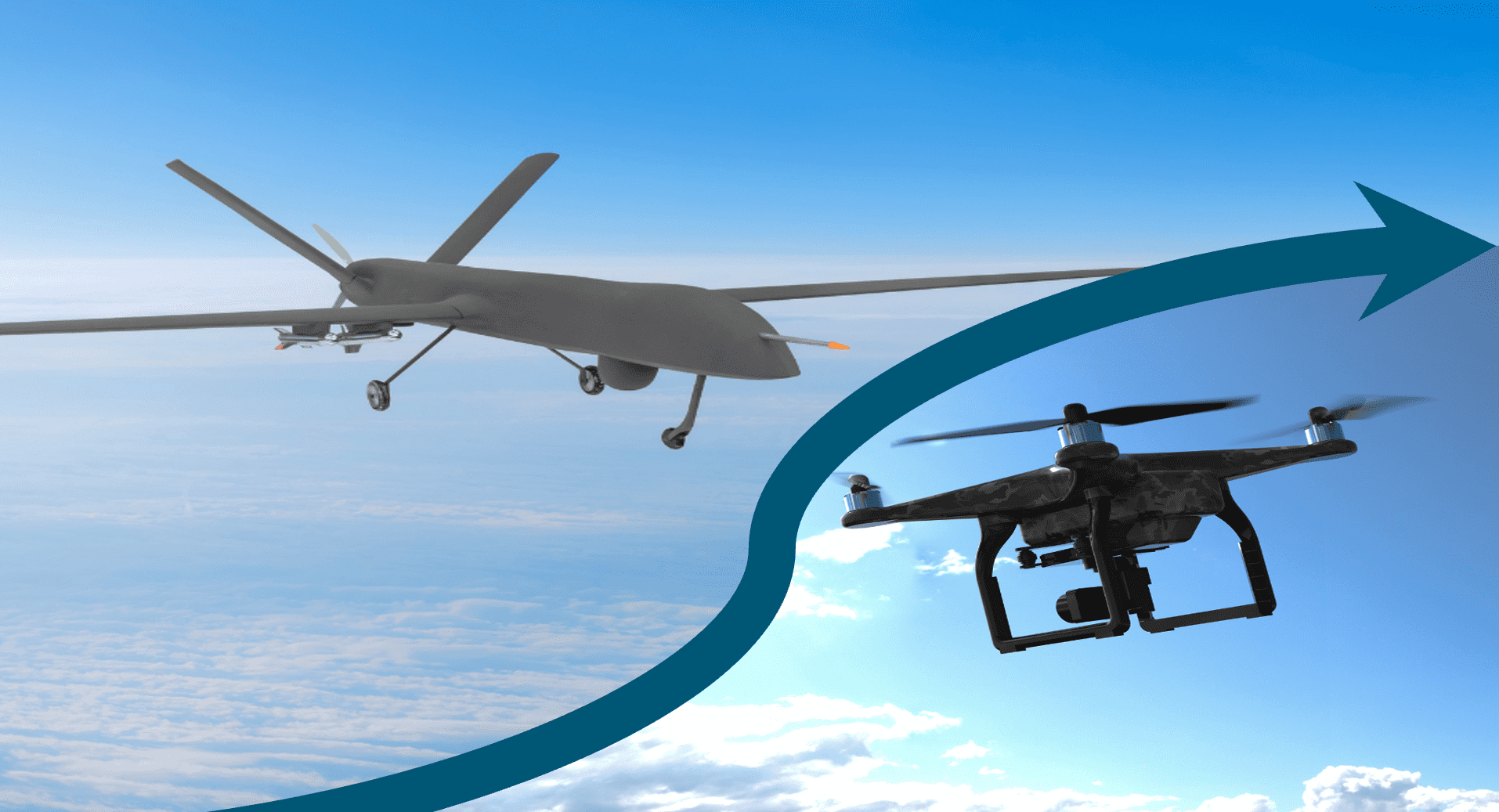
The EU’s leadership in shaping the drone sector
Drones represent a significant technological breakthrough that brings both exciting opportunities and

As the Netherlands approaches a new government and political agenda, we must ask: Are we still on track to make train travel a viable option for (international) travellers by 2030? And, in doing so, advance the goals of green and sustainable transportation in Europe?
This question arises amidst several challenges: a shortage of train personnel, the absence of an integrated European ticketing system, aging infrastructure, and rising train ticket prices.
In this blog, we will explore the current state of international train travel, the obstacles in its way, and offer insights on how trains can become the preferred alternative to short-distance air travel, or even the leading mode of cross-border transport in Europe.
In 2017, the Dutch government largely overlooked sustainable transport in its coalition agreement. However, the focus on alternatives to airplanes and cars has grown rapidly since. In 2018, Eurostar’s direct train connection between London and Amsterdam sparked enthusiasm among business and political circles, highlighting the demand for business travel by train. By 2019, the ‘Anders Reizen’ coalition’s sustainable travel goals were included in the Dutch Climate Agreement, a widely supported initiative.
Though the COVID-19 pandemic slowed this momentum—since remote work reduced the need for train travel—the 2022 coalition agreement renewed the commitment to improving international train connections for a more sustainable Netherlands.
Despite these ambitions, significant obstacles remain. Today, the situation is not conducive to a major shift from cars and planes to trains. International train delays have increased, infrastructure repair works have multiplied, and affordability issues persist.
To get travellers on board with train travel, a behavioural shift is needed. Travellers, whether for business, family visits, or holidays, are inclined to opt for trains if the latter offer them more benefits than other means of transportations. However, in reality, these benefits can be limited. They include factors such as competitive ticket prices, seat availability, comfort, and reliable punctuality. While transportation companies are responsible for pricing and accessibility, the public sector shoulders the responsibility of creating favourable conditions, stability, and transparency within the industry. In the case of our Dutch Railways, it became painfully clear that this mix is not consistently provided to travellers: ticket prices fluctuate upward due to a lack of seats in peak hours, staff to operate or clean the trains is scarce, and anyone who used the train as a mode of transportation in 2023 knows how often trains are delayed or do not run at all…

Only a few people would deny that an affordable, punctual train is an excellent mode of transportation. The comfort of hopping on a train at a central station and arriving in the heart of a metropolis, all while helping to reduce CO2 emissions, is invaluable. Yet, much remains to be done to convince more travellers.
Currently, the Dutch outgoing State Secretary of Infrastructure and Water Management is working on the ‘building blocks’ for international rail. A new cabinet will soon make decisions on this. We believe the International Rail Strategy should focus on strengthening cooperation with neighbouring countries. This would help develop coherent European policies and modern, harmonized rail infrastructure. Achieving this requires adequate financial resources and stronger collaboration between the public and private sectors. Sustainable and efficient mobility for international and domestic passengers will come at a cost.


Drones represent a significant technological breakthrough that brings both exciting opportunities and

The impact of climate change on global security Insights from Gen (ret.)